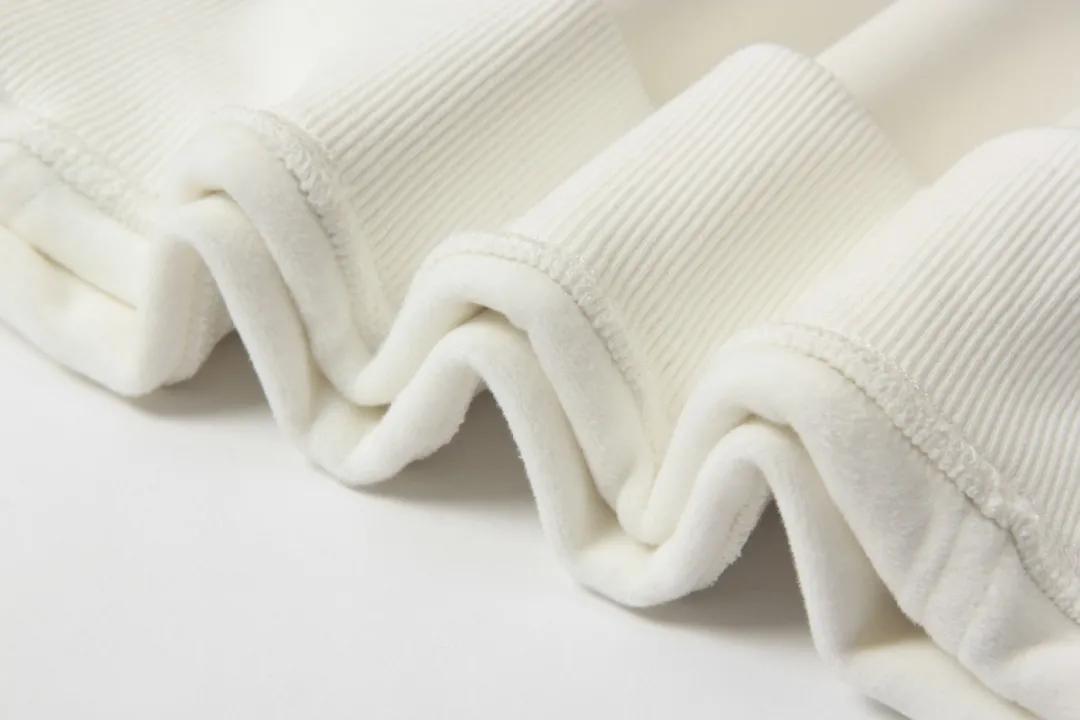Sweatshirts, originally in the United States in the 1930s New York appears. In order to provide work clothes for the cold storage workers at that time, because of its comfortable and warm characteristics, it was favored by athletes, and soon became popular among the girlfriends of football players and music stars.
Sweatshirt styles are generally wide, taking into account fashion and functionality, integrating comfort and fashion, and are very popular in casual clothing. Clothing favored by customers has gradually become the first choice for young people to exercise in the streets.
Knowledge about common fabrics for sweatshirts
1. Wool coil
Terry cloth is a variety of knitted fabric. During weaving, certain yarns appear as loops on the remaining yarns of the fabric in a certain proportion and stay on the surface of the fabric, which is terry cloth. It can be divided into single-sided terry and double-sided terry. Terry cloth is usually thicker, and the terry part can hold more air, so it has warmth retention properties and is mostly used for autumn and winter apparel. The terry part is brushed and can be processed into flannel, which has a lighter and softer feel and better thermal insulation performance.
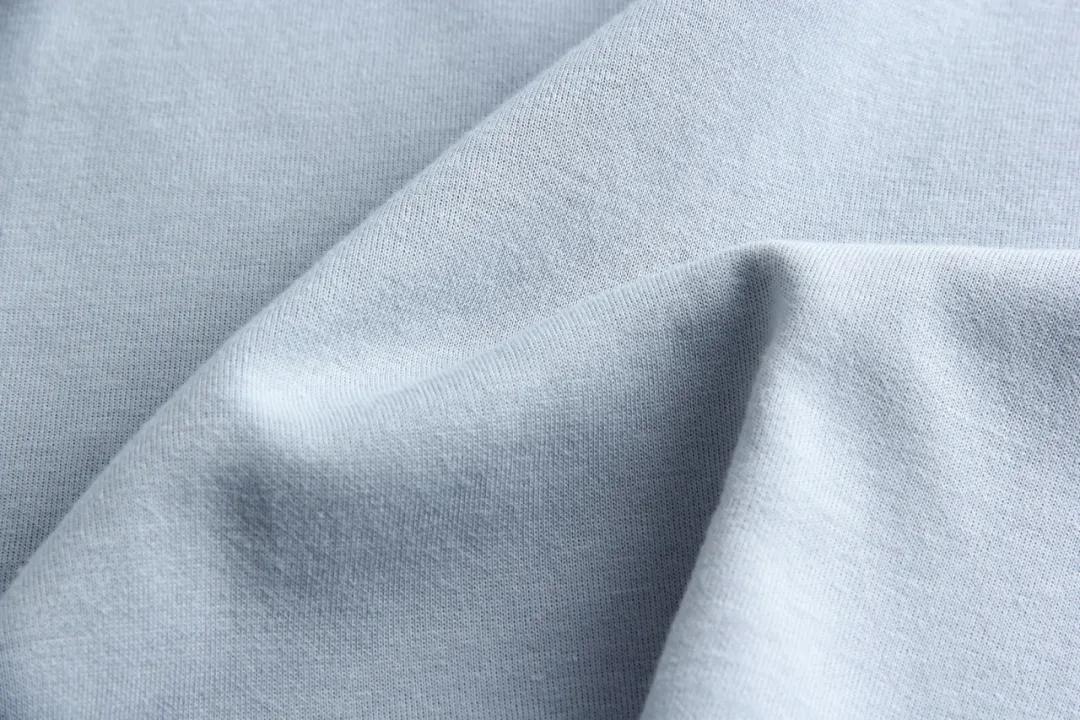
Advantages: good strength and feel Soft, warm and breathable.
Disadvantages: easy to sag.
2. Fleece
<span style="background-color ; In order to facilitate selection and use, they are classified according to different functions. Fleece used outdoors can roughly achieve the following functions: warm, windproof, lightweight, quick-drying, wear-resistant, stretchable, easy to compress, easy to care for, anti-static, water-repellent, etc. Common fleece used outdoors Most velvet realizes one or more of the functions, so if there are still many subdivisions, here we will simplify it into two categories according to the main functions, one is warmth; the other is windproof. In fact, fleece is often a combination of multiple functions, and is only roughly classified for easy reference when choosing. No matter what kind of fleece material, thickness is still the main basis for determining the thermal insulation performance. In addition, the feeling of cold and warm is still a matter that varies from person to person and cannot be generalized. The compressibility mentioned here is only a relative comparison between fleece materials. Simply put, fleece is a process that produces shorter velvet on the fabric or inner material.
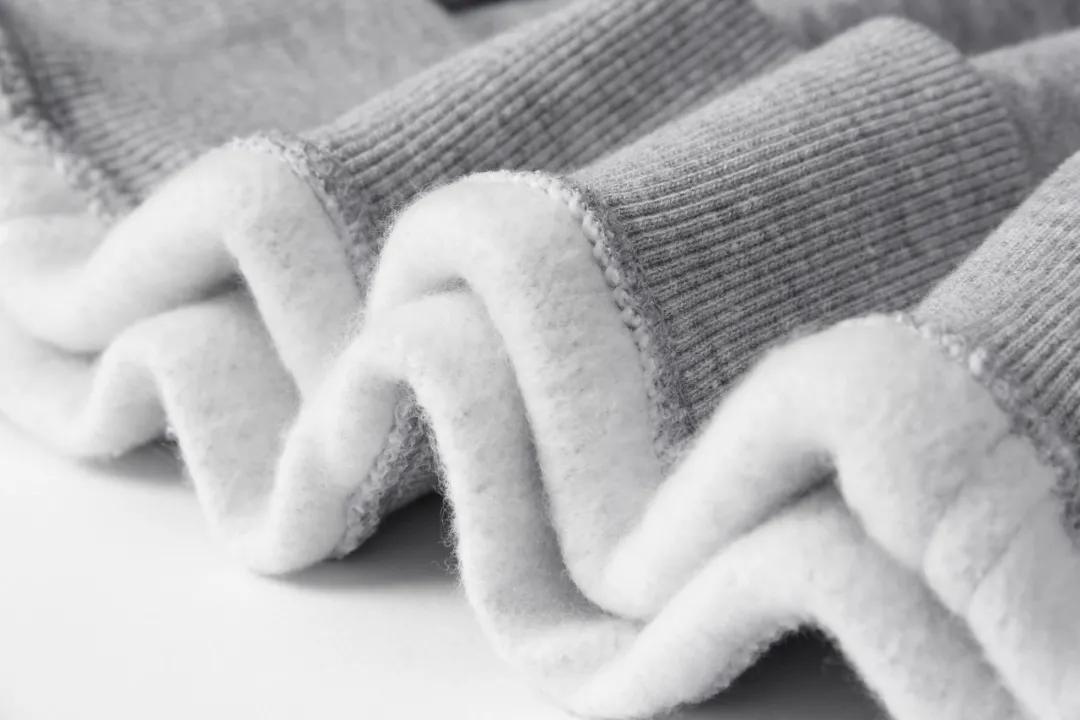
Advantages: light weight, same weight fleece The warmth retention is much better than wool; and it has excellent properties such as breathability, capillary drainage and isolation and insulation.
Disadvantages: poor light resistance, special attention should be paid when cleaning and ironing, and fleece fabric It cannot be exposed to the sun.
3. Cashmere
Cashmere is also called polar fleece. It is woven by a circular knitting machine. After being woven, the gray fabric is first dyed, then brushed, carded, It is processed by various complex processes such as shearing and shading. The front side of the fabric is brushed, and the shading is fluffy and dense but not easy to shed or pill. The back side is brushed sparsely and uniformly, and the fluffy elasticity is very good. Its ingredients are generally pure polyester and soft to the touch.
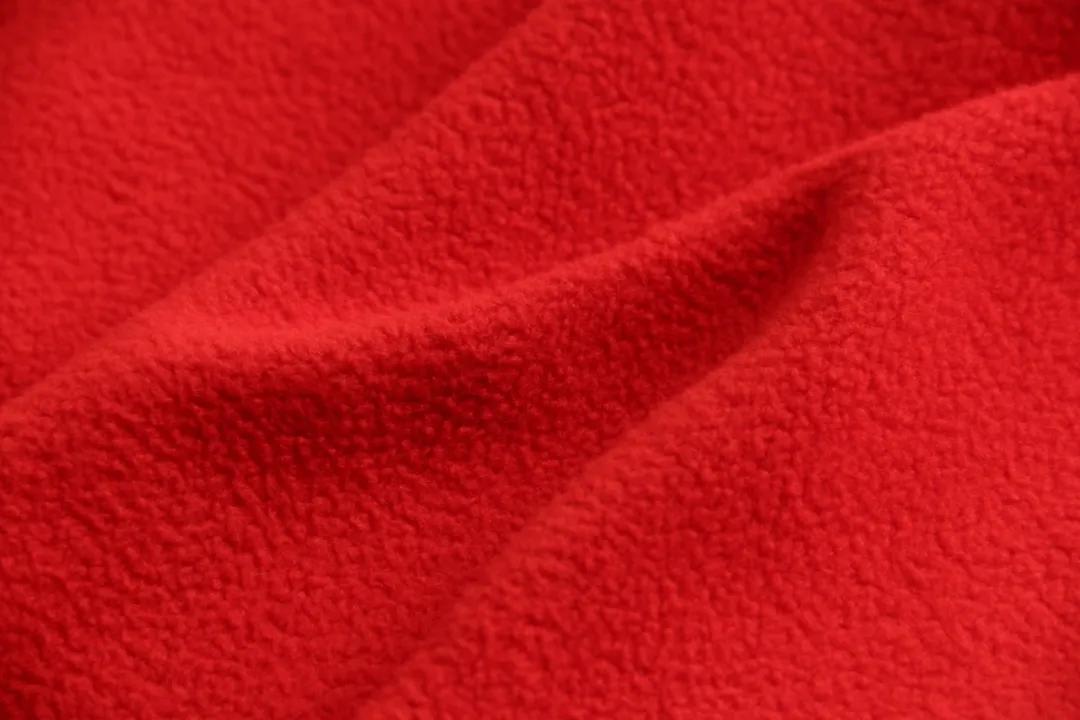
Advantages: The front side of the fabric is brushed, the grains are fluffy and dense and not easy to shed or pill, and the reverse side is brushed Sparse and even, short of villi, tissueThe texture is clear, fluffy and elastic. It has good thermal insulation effect, and polar fleece can also be combined with all fabrics to make it more effective in keeping out the cold.
Disadvantages: The technology is not yet perfect, the price is relatively high, the product quality is uneven, and it may be more expensive. Can easily cause asthma and other diseases.
4. Silver Fox Velvet
The main fabric components are polyester and spandex, of which 92% is polyester, 8% is spandex, and the yarn count is 144F. Silver fox velvet, also called sea velvet or mink velvet, is actually a type of warp-knitted spandex super-soft fabric. It can also be called warp-knitted elastic velvet and is a silk-type fabric.
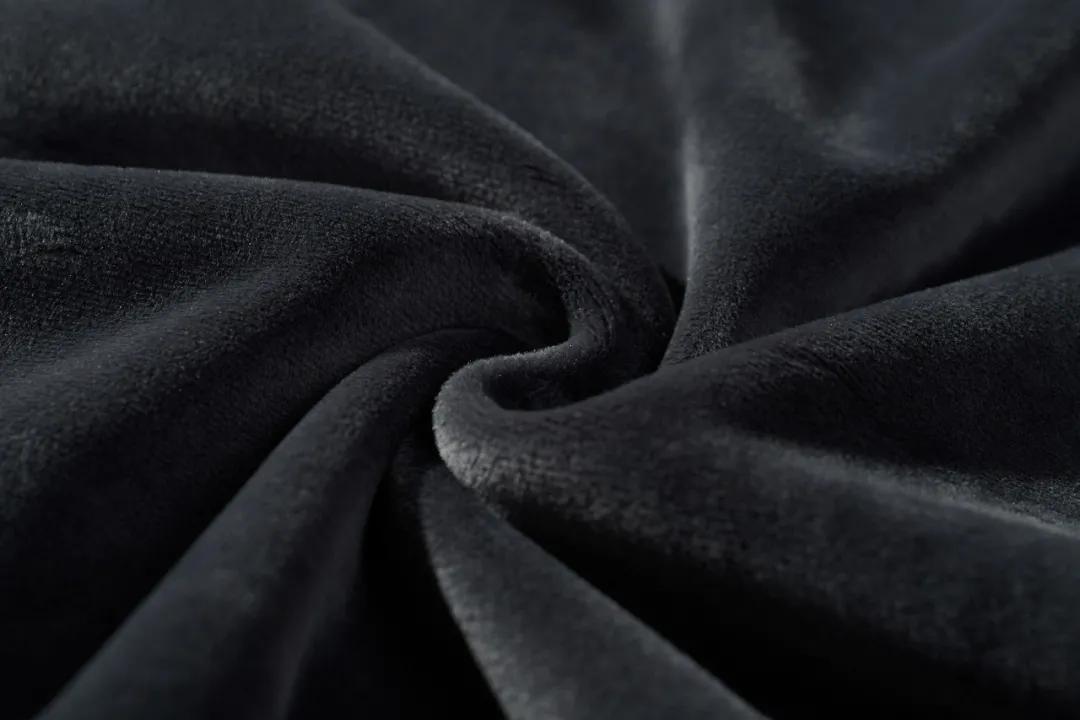
Advantages: The fabric has excellent elasticity, fine texture, softness and comfort, no pilling, and no fading.
Disadvantages: Newly purchased silver fox velvet products will shed a small amount of lint at first, which will decrease after a period of use. In dry seasons, silver fox velvet is prone to static electricity and the fabric is not very breathable.
5. Lamb velvet
Sheep cashmere itself is not a standardized term, it is a commonly used name by merchants, and it belongs to imitation cashmere.
The chemical composition of lambswool products (4 photos) imitation cashmere (fake lambswool) is 70% polyester, 30 % of nitrile. It is produced using high-speed warp knitting machines and is widely used in home textiles, clothing, and toys.
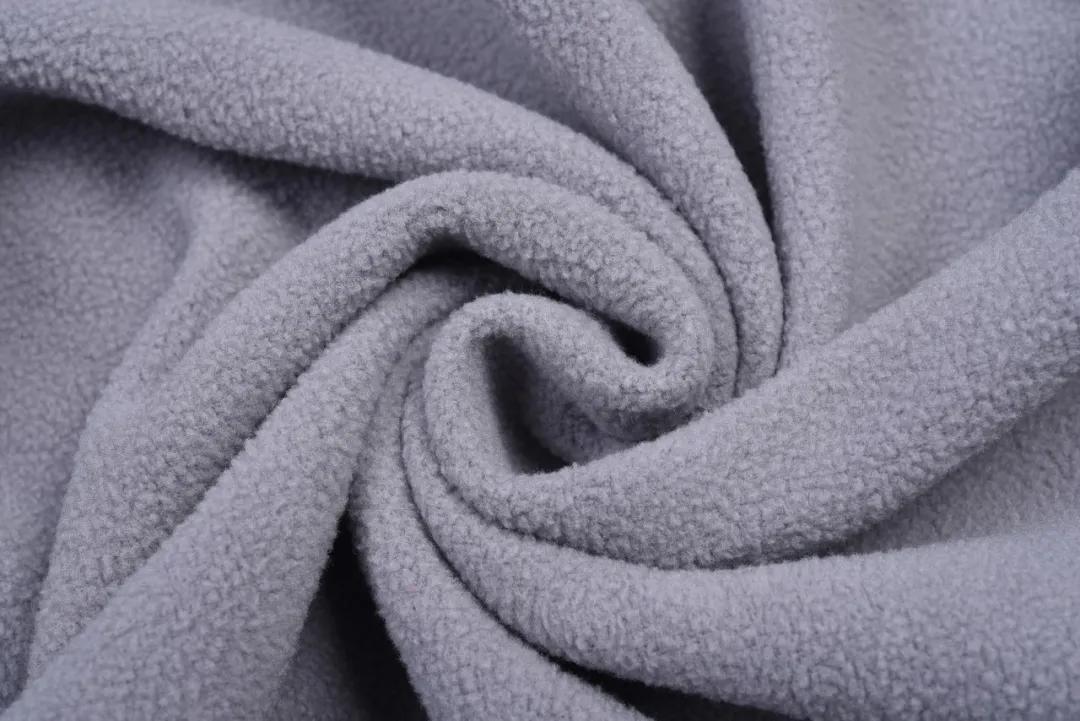
Advantages: The appearance of lambswool is beautiful and has a certain fluffy feel. The fabric is easy to shape and is favored by designers. The fabric has good Elastic and breathable, this type of fabric is very comfortable to wear.
Disadvantages: After all, lambswool is still a chemical fiber, and its quality and function are definitely not as good as cashmere, so we are buying cashmere products. It’s about learning to identify the authenticity of fabrics.
6. No velvet
On an ordinary high-speed warp knitting machine without a terry comb, the front comb is used to perform a long needle-back yarn-laying movement, causing the fabric surface to produce The longer extension line uses the elastic recovery force of the spandex raw material to form terry loops on the surface. During finishing, the long extension line is cut to form a velvet surface. The warp knitted velvet fabric produced by this method is also called “non-falling velvet”.
“Non-fall velvet” is a type of warp-knitted stretch velvet. This kind of pile fabric is similar to velvet fabric. The fabric has excellent luster, elasticity and soft hand feel. It is an excellent fabric for making high-end fashion, tight clothing and decorative items.
